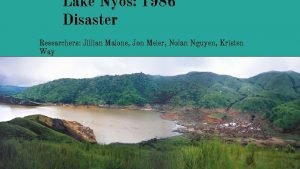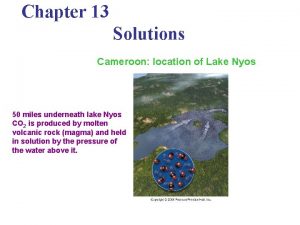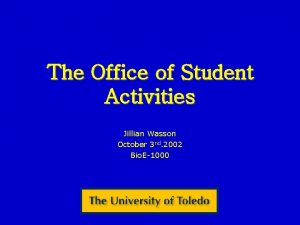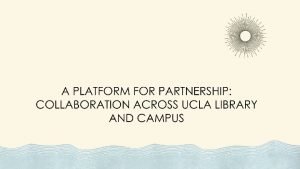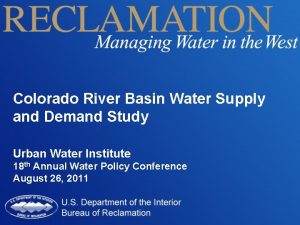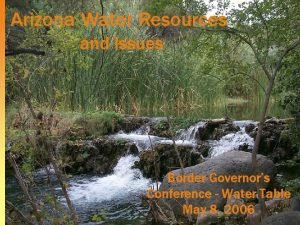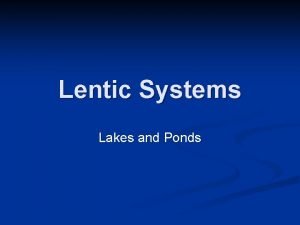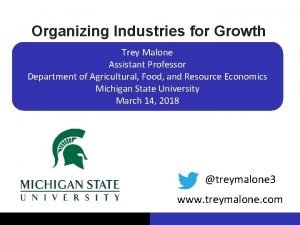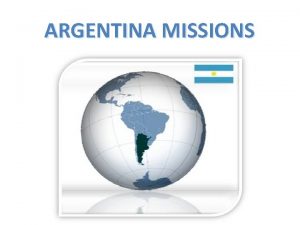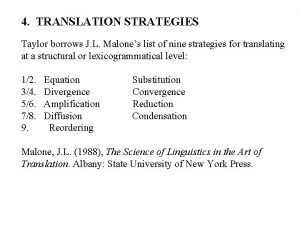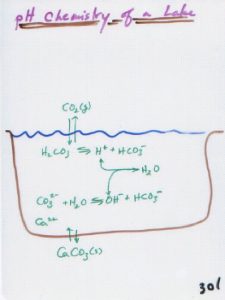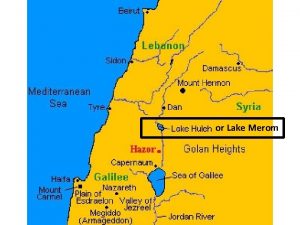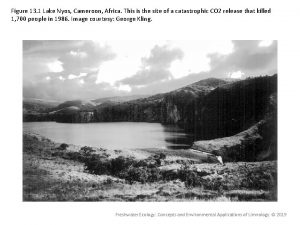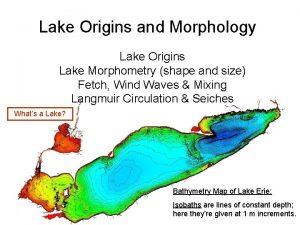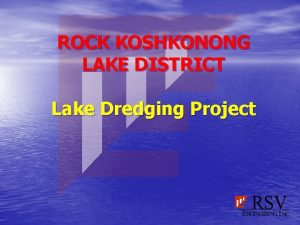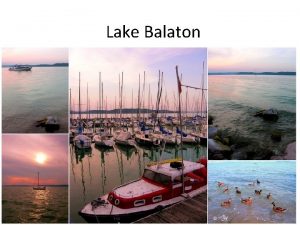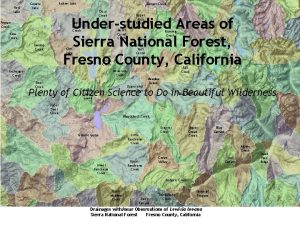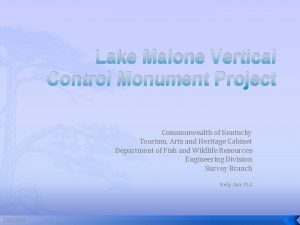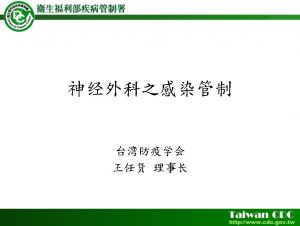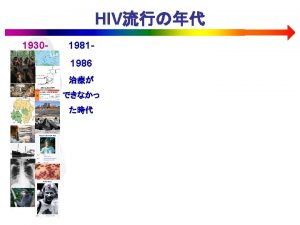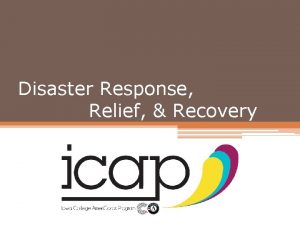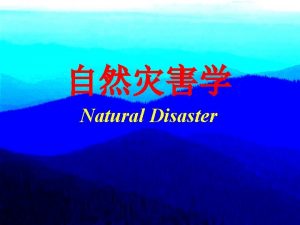Lake Nyos 1986 Disaster Researchers Jillian Malone Jon



















- Slides: 19

Lake Nyos: 1986 Disaster Researchers: Jillian Malone, Jon Meier, Nolan Nguyen, Kristen Way

Geography: - Region: NW Cameroon - Location: 300 km from the capital Yaounde and 50 km from the border of Nigeria - Topography: OKU Volcanic Field - Scoria cones and maars - Area: 1. 5 square km - Depth: 200 m

Limnic Eruptions

Cause: - CO 2 escapes from underground chimneys - Stratified layering - Co 2 trapped under extreme pressure - Overmixing and sudden release of CO 2

Effect: Diagram showing the Lake Nyos disaster. Step 1: Before the , CO 2 accumulates at the bottom of the lake. Step 2: After the earthquake, CO 2 bursts forth and flows into the valleys.

Lake Nyos Following Limnic Eruption: BEFORE: AFTER :

1986 Disaster

Overall Analysis of the Disaster ● Lake Nyos released 1. 2 km 2 of CO 2 into the atmosphere ● Large 50 m thick cloud of CO 2 rose from the lake and engulfed the 3 villages of Nyos, Subum, and Cha ● Immediate death to 1, 700 people and 3, 000 cattle ● Injuries included: epidermal burns, paralysis, and respiratory problems ● Cause: Internal wave? Seismic activity? Landslide? Flooding?

How Resources Were Deployed ● Lack of documentation of what was done after the disaster ● Waited several days for first responders to arrive ● 7 government refugee camps set up for 4, 434 residents ● Inappropriate donations, poorly handled, unevenly distributed ● 3 degassing pipes inserted into Lake Nyos

Cascade Events Affected social aspects and the economy rather than physical events ● Psychosocial: ○ ○ Sudden death of family members was traumatic Displacement from ancestral land into resettlement camps disrupts community, social networks, and cultural identity ● Economical: ○ ○ ○ Population dependent on agriculture Affected beef supply in the North West Region of Cameroon Even though crops were unaffected, they were abandoned when moving to resettlement camps

Those at Risk ● ● ● Children of pre-school (1 -4 years) and of school age (5 -9 years) Children born in camps without one or both parents; orphans Injured/hospitalized Nursing and pregnant mothers Homeless

Media ● Inconsistencies in reports of the incident ● 40 dead⇒ 300 dead⇒ 2, 000 dead and 20, 000 displaced ● 1. 5 billion FCFA (~$3 million) from local and foreign donors in cash donations ● Donated material aids worth ~$800, 000 ● No reports address long-term effects and needed assistance for survivors

Recovery Efforts ● Permanent structures in resettlement camps ● 2000 - Nyos Monoum Degassing Project is initiated by the Cameroon government, along with an advisory committee financed by France, Japan, and USA ● 2006 - rehabilitation of Lake Nyos and resettlement of the local population ○ ○ Estimated cost: 7. 4 billion FCFA Physical risk reduction measures: 6. 6 billion from the project

Lake Nyos: Today

Current Mitigation Efforts ● Different solutions to this hazard investigated by Jack Lockwood American team: ● Move population of the living 200 km downstream ● Remove first 40 m of water in lake Nyos ● Break dam ● Dig tunnel 65 m under present water level and add valves ● Jet-grouting technique ● Degassing

Current Situation, Possible Future Disasters ● Problems removing CO 2 ● Natural dam at the northwestern flank is likely to rupture ● Geologic activity from the Cameroon Volcanic Line could cause another eruption

Resettlement Camps Recovery ● 20% of households have returned illegally ● Slow recovery of both the population and the livestock ● Government still hasn’t fulfilled many promises made to help with long-term recovery Rates in Resettlement Camps in 201 3 Household size 35% Large ruminants 39% Small ruminants and pigs 11% Small livestock 33% Data from Balgah and Buchenrieder 2013

Lake Nyos Disaster Summary ● High concentrations of CO 2 in the lake due to outgassing from underground chimneys ● Sudden eruption of CO 2 killed 1, 700 people and 3, 000 livestock ● Survivors still displaced in resettlement camps ● Many external factors can trigger a limnic eruption ● Local population still not fully recovered from the disaster ● Degassing process is slow and expensive

References Bang, H. N. (2012). “Disaster Management in Cameroon: The Lake Nyos Disaster Experience”. Disaster Prevention and Management: An International Journal, 21(4), 489 -506. Balgah, R. Buchenrieder, G. (2014). The Impacts of Natural Disasters on Smallholder Agriculture in Rural Cameroon. American Journal of Experimental Agriculture, 4(3), 233 -243. Buchenrieder, G. , Mack, C. , & Balgah, A. (2017). Human Security and the Relocation of Internally Displaced Environmental Refugees in Cameroon. Refugee Survey Quarterly, 36(3), 20 -47. Kling, G. W. , Clark, M. A. , Compton, H. R. , Devine, J. D, Evans, W. C. , Humphrey, A. M. , Koenigsberg, E. J. , Lockwood, J. P. , Tuttle, M. L. , & Wagner, G. N (1987). “The 1986 Lake Nyos Gas Disaster in Cameroon, West Africa”. Science, 236(4798), 169 -175. "Lake Nyos (1986)". San Diego State University. March 31, 2006. Retrieved December 01, 2018. Othman-Chande, M. (1987). “The Cameroon volcanic gas disaster: An analysis of a makeshift response”. Disasters, 11(2), 96 -101. Ngwa, E. M. (1992). “Responding to Unmet Food Needs of Displaced Persons or Refugees: A Case Study for New Approaches in Kousseri Town and Nyos Area of the Republic of Cameroon”. Geo. Journal, 24(2), 323 -330. Rodrigue, C. M. . (2018). Group Project Guidelines [Cascade Events]. Retrieved December 04, 2018. http: //web. csulb. edu/~rodrigue/geog 458558/groupreport. html. Tchindjang, M. (2018). “Lake Nyos, a Multirisk and Vulnerability Appraisal”. Geosciences , 8(9). doi: https: //doi. org/10. 3390/geosciences 8090312
 Lake nyos disaster
Lake nyos disaster Lake nyos
Lake nyos 26 april 1986 chernobyl disaster
26 april 1986 chernobyl disaster Nyos charter school shooting
Nyos charter school shooting Jillian croft
Jillian croft Example of a theme
Example of a theme Jillian wasson
Jillian wasson Jillian michaels
Jillian michaels Ucla special collections
Ucla special collections Jillian and dawn are playing a game
Jillian and dawn are playing a game Lake powell and lake mead
Lake powell and lake mead Lake powell and lake mead
Lake powell and lake mead Oligotrophic vs eutrophic
Oligotrophic vs eutrophic Complex noun phrases
Complex noun phrases Harvard gmas
Harvard gmas Trey malone
Trey malone Avon malone
Avon malone Malone strategies
Malone strategies Celeste malone
Celeste malone Molly malone psychologist
Molly malone psychologist
